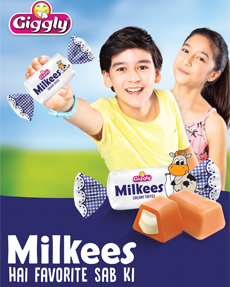Amazon’s secret Project X, along with supporting photos and site blueprints, appears to no longer be a secret. Last week Geekwire reported on the construction in Seattle of what it believes to be a new grocery concept where shoppers can pre-order online, or from a tablet in-store, and pick up their groceries at this brick and mortar store. This follows reports of similar facilities being built in the Bay Area.

Will Amazon Fresh Be At Risk From Project X? (AP Photo)
Few food retailers admit they are not carefully watching Amazon’s foray into grocery, whose total annual e-commerce sales have reached $99 billion (eMarketer says e-commerce in the U.S. will hit $396.72 billion in 2016, or 8.2% of total retail sales). Published reports indicate that Amazon’s current share of U.S. grocery sales is less than 1%, and while some may doubt the company can break through, a new survey from Cowen reports that the number of people who participated in their survey who shop for groceries and other consumable goods via Amazon increased 18% in the first quarter of the year, compared to the same period in 2015. Can Project X be the added service that becomes Amazon’s tipping point to give it a stronghold in this industry?
It seems that there are three potential sites for Project X, one in Seattle and two in the Bay Area, all three just under 10,000 square foot. The planning documents submitted to Seattle on December 2 list the change of the property site as “use from restaurant to general sales and services (retail sales, multipurpose), construct substantial alterations including new canopies in parking lot and occupy, per plan. You can access all the permits and documentation, the owner on the current assessment roll is listed as Real Property Associates, Inc. a property management firm in the Seattle Area co-owned and managed by Gordon Stephenson, a prominent realtor.

Google Earth view of the possible Seattle site of Amazon’s Project X
The planning documents from the city of Seattle also include a description of the proposed business. “When placing an online order, customers will schedule a specific 15-minute to two-hour pick up window. Peak time slots will sell out, which will help manage traffic flow within the customer parking adjacent to the building. When picking up purchased items, customers can either drive into a designated parking area with eight parking stalls where the purchased items will be delivered to their cars or they can walk into the retail area to pick up their items. Customers will also be able to walk into the retail room to place orders on a tablet. Walk in customers will have their products delivered to them in the retail room.” Clearly nothing specific is mentioned about selling food, however you have to wonder about converting the former Louie’s Cuisine of China restaurant that is food ready with the above average plumbing and refrigeration needed, versus just remodeling a non-food use building that would obviously be less expensive. The property assessment listed on the Seattle tax rolls was $1,874,000 in 2013 and sold in 2014 for $2,498,000.
But this column is not about the clandestineness of Amazon or the Project X – it’s about the two reasons I feel Amazon will be successful in grocery.
The first is based on an email from a Forbes reader, Neel Premkumar, that I received just yesterday sharing his path for his all-natural drink mix brandStur and Amazon’s role in his success. His email to me was intriguing and timely. It began, “I thought you would be interested in my story about the importance of Amazon.com to startup food/beverage brands.”
News Referance: Forbes




